In recent years, there has been a movement in the consumer electronics circle to “eliminate bezels,” with smartphones, televisions, and laptops all striving to reduce screen borders. In this episode, we will explore two mid-to-high-end ultra-slim laptops in the same price range: the ASUS ZenBook Deluxe 13 and the Dell XPS 13 9360. (For details, watch the video below)
———— If you don’t like videos, there’s a text version too ————
In recent years, there has been a movement in the consumer electronics circle to “eliminate bezels,” with smartphones, televisions, and laptops all striving to reduce screen borders. Unlike smartphones and televisions, the reduction of bezels in laptops primarily aims to “extend the view”. The micro-bezel design of laptops not only achieves stunning visual effects but also serves the important purpose of making the body smaller, more portable, and more stylish. For many young people, laptops have started to become a lightweight luxury digital item in addition to their functional attributes. In this episode, we will explore two mid-to-high-end ultra-slim laptops in the same price range: the ASUS ZenBook Deluxe 13 and the Dell XPS 13 9360.
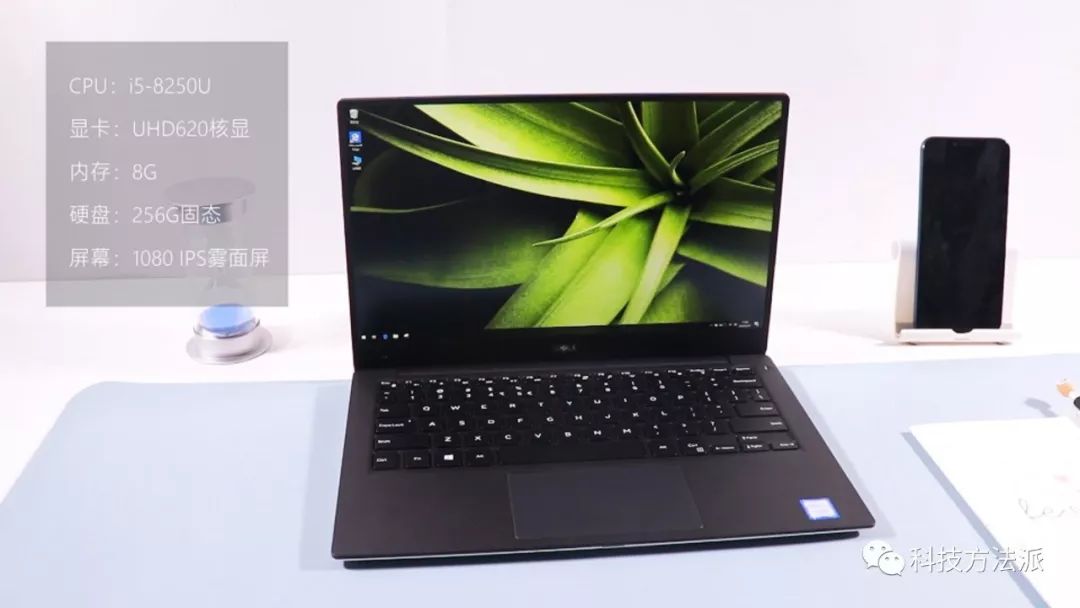
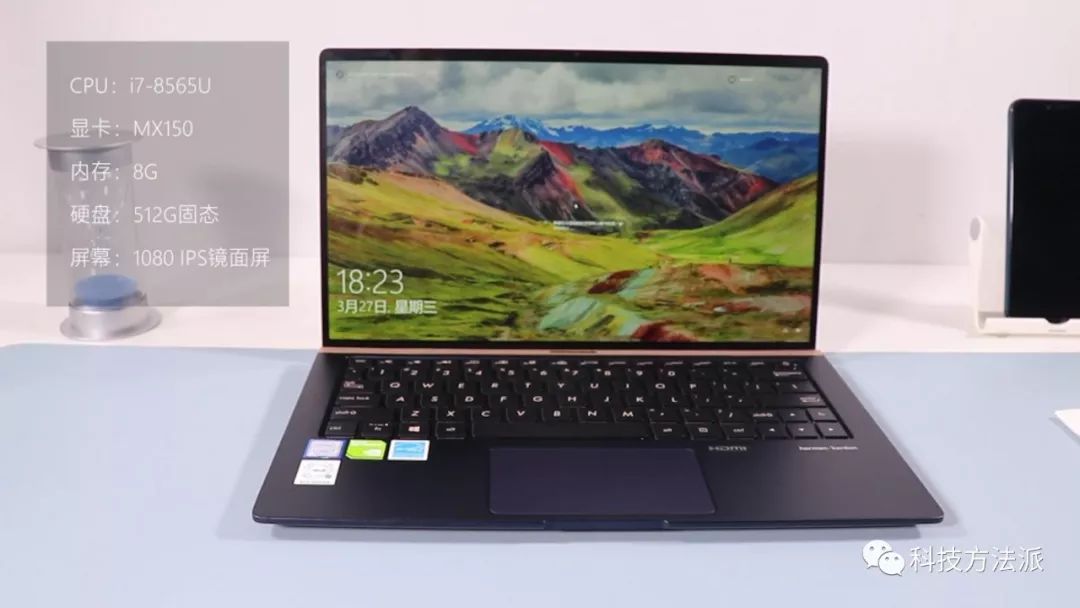
First, let’s take a brief overview of these two products. The Dell XPS 13 9360 (hereinafter referred to as XPS 13) is currently the cheapest model in the XPS 13 series, equipped with an Intel i5-8250U processor, UHD620 integrated graphics, 8GB of RAM, and a 256GB SSD, with a regular price of 7899 yuan. The ASUS ZenBook Deluxe 13 (hereinafter referred to as Deluxe 13) features the latest Intel i7-8565U processor, MX150 discrete graphics, 8GB of RAM, a 512GB SSD, and a 1080P IPS glossy screen, with a regular price of 7999 yuan.
Some friends may say that there is quite a big difference in configuration between the two products, so comparing them might not be fair. Firstly, we are comparing them based on the same price range. Additionally, the Dell XPS series is very representative among micro-bezel ultra-slim laptops. Most importantly, for ultra-slim laptops, one cannot only look at the paper specifications. Here, I’ll leave you in suspense; let’s move on to a comprehensive comparison.
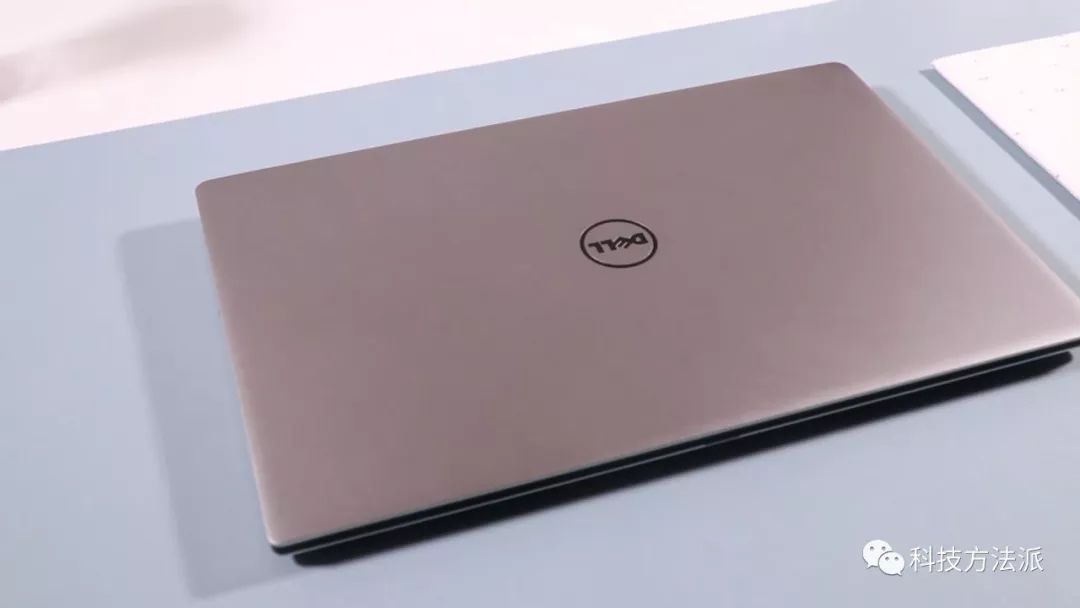
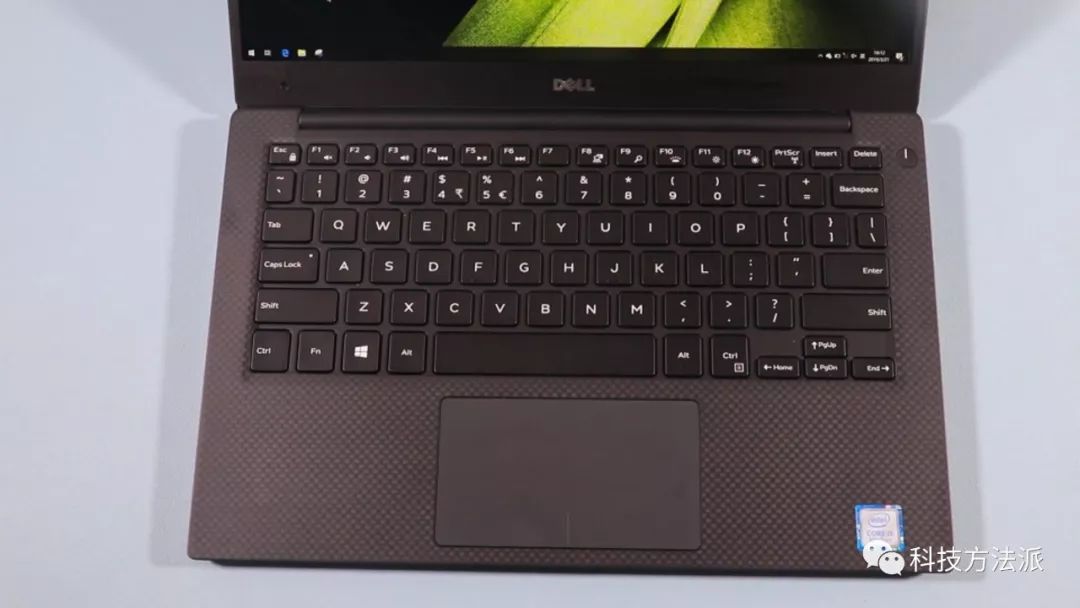
In terms of appearance, the A and D sides of the XPS 13 are made of CNC one-piece aluminum alloy material, finished with a silver sandblasted texture, and the corners and edges are processed very finely and smoothly. The C side features the XPS series’ signature black woven texture carbon fiber material, which is comfortable to the touch and more wear-resistant. The overall appearance is stable and capable, but lacks some youthful fashion sense.
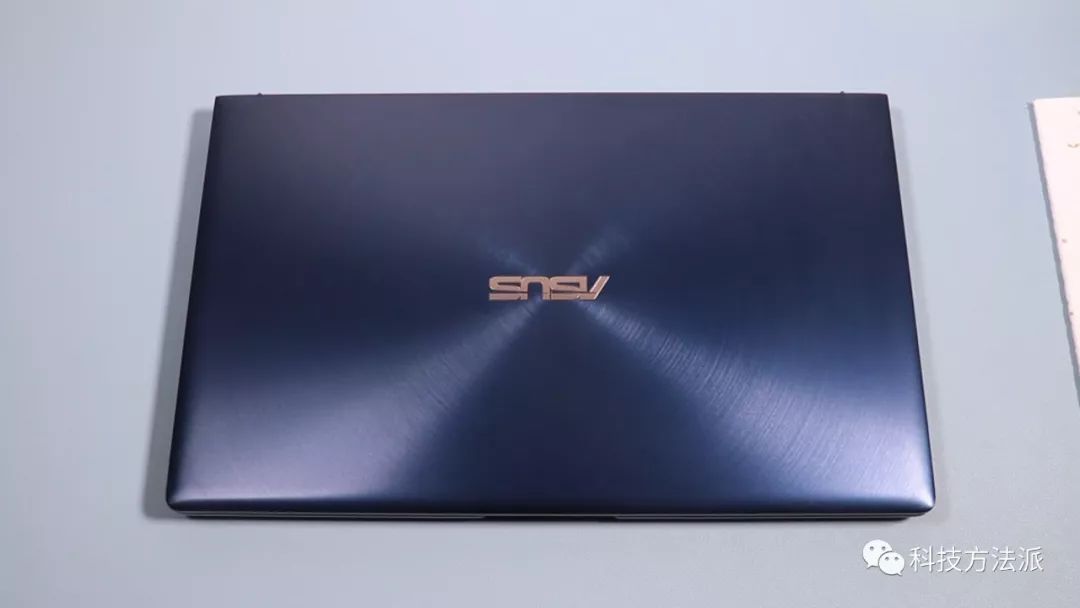
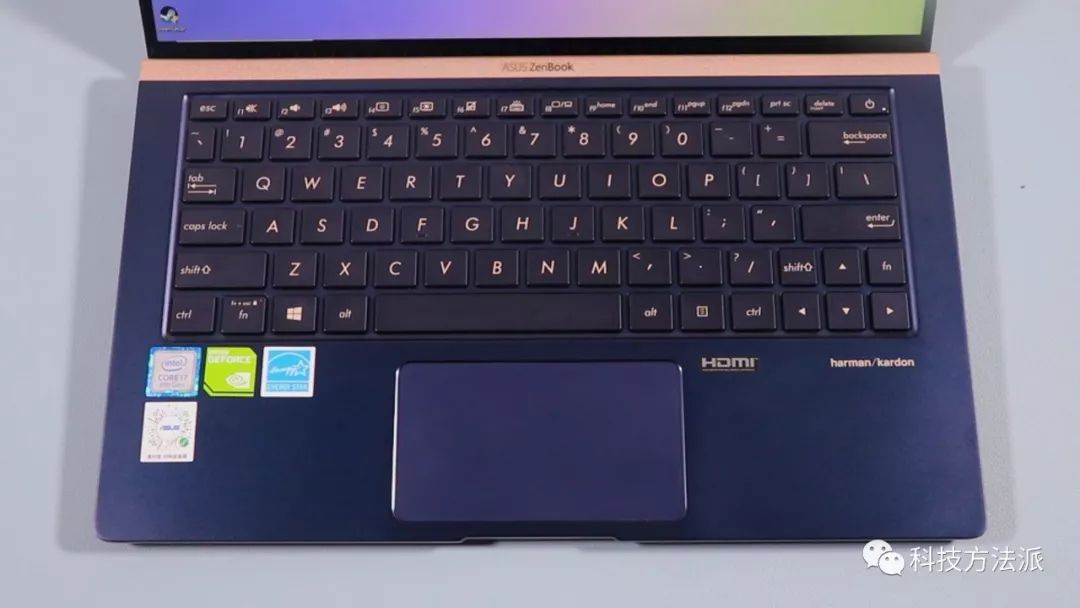
The Deluxe 13’s outer shell is made entirely of deep blue aluminum alloy, with the A side featuring a concentric circle metal brushing process that creates a dazzling effect in light. The edges and corners are also finely crafted. The C and D sides have a matte texture, and the touch of the C side palm rest is slightly inferior to the carbon fiber material of the XPS 13 in terms of skin-friendliness. Additionally, there is a golden metal decorative line on the top of the C side, which can be considered a finishing touch, adding a touch of fashionable luxury to this laptop.
At first glance, the XPS 13 has a stronger business atmosphere, while the Deluxe 13’s shape and color scheme are more fashionable, making it more appealing to young people, especially office workers and female users.
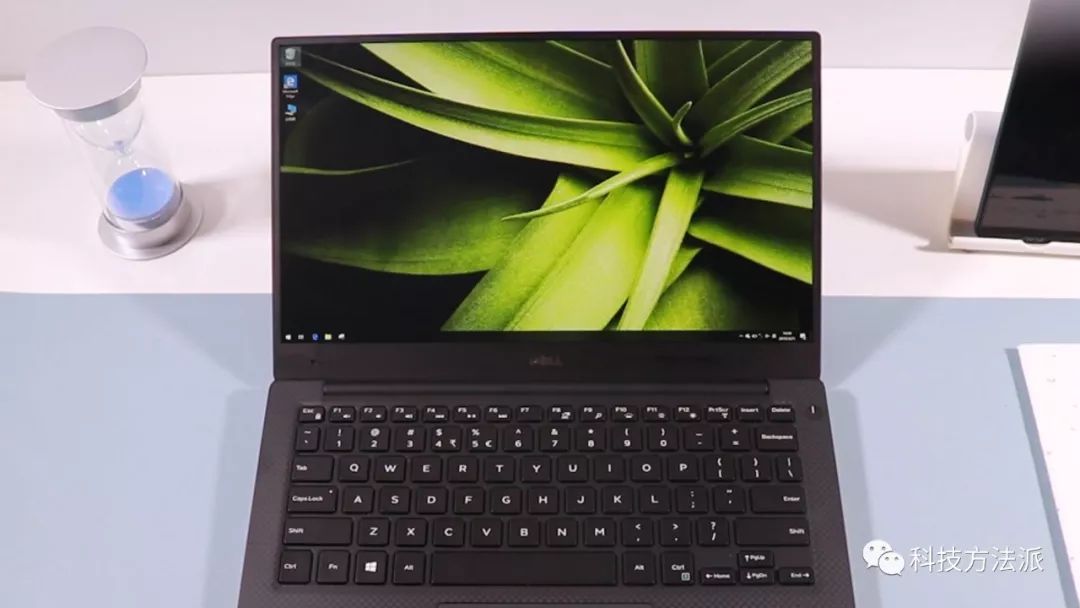
Similar to the screen-to-body ratio battle in smartphones, the B side of laptops, which is the screen side, has also become a “battleground” for ultra-slim laptops. The XPS 13 adopts a three-sided narrow bezel design, with the left and right sides narrowed to 5.2mm, while the bottom bezel remains large, and the camera is placed in the lower-left corner of the screen, which makes video calls feel quite awkward. However, the XPS 13’s camera, although only 720P, still has relatively good image clarity, ranking among the best in laptops.
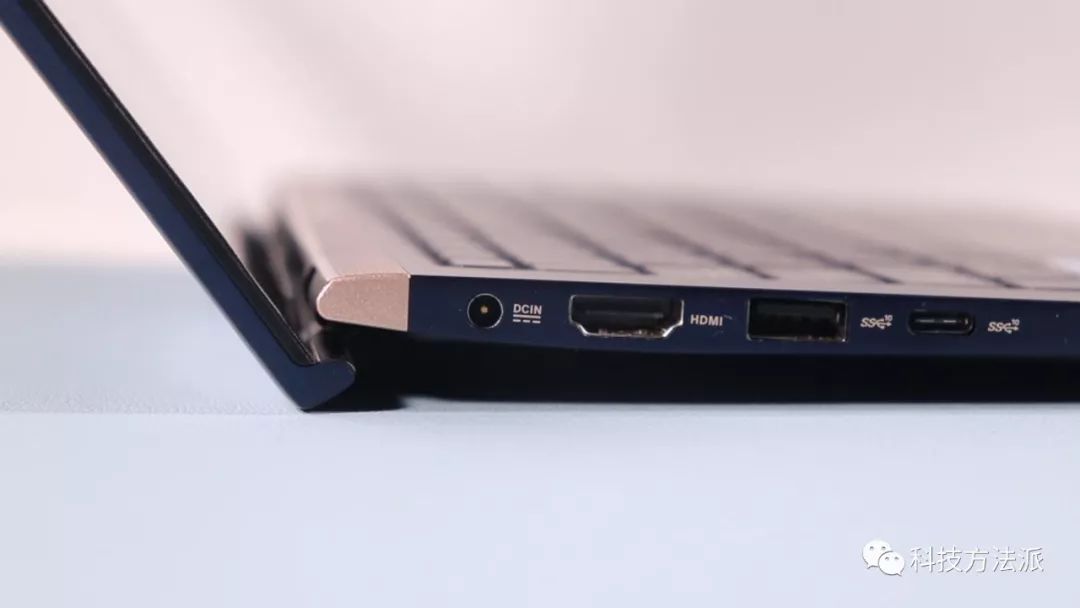
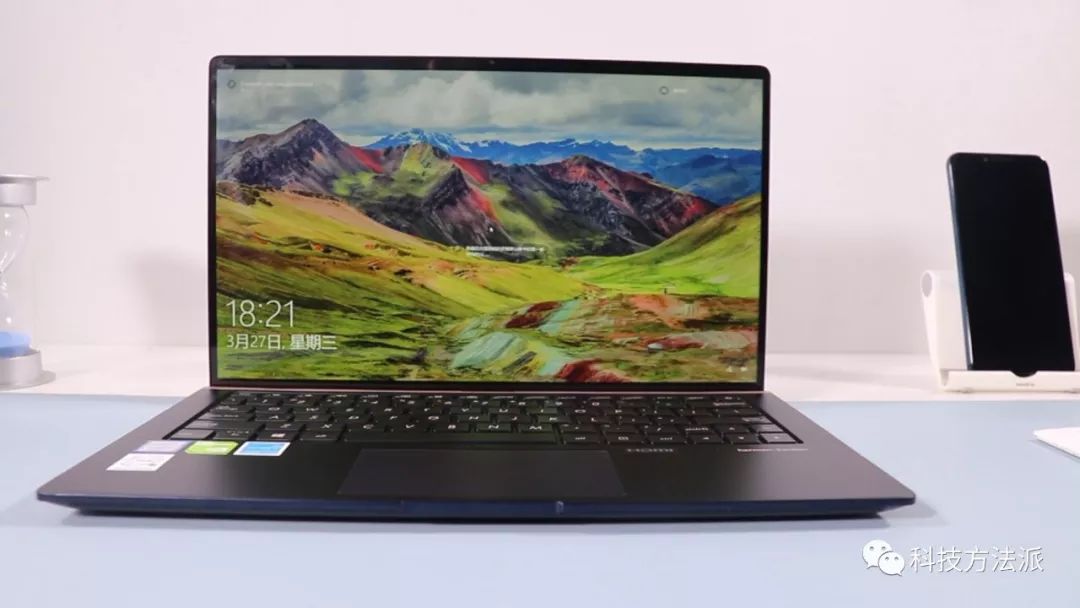
The Deluxe 13 has an even better screen-to-body ratio, with side bezels compressed to 2.8mm, and the top bezel, while retaining the camera module, has been narrowed to 5.9mm. The bottom bezel is cleverly concealed due to the downward-tilting hinge design, enhancing airflow while making the bottom bezel appear to be only about 3.5mm, achieving a screen-to-body ratio of 95%, which is visually stunning.
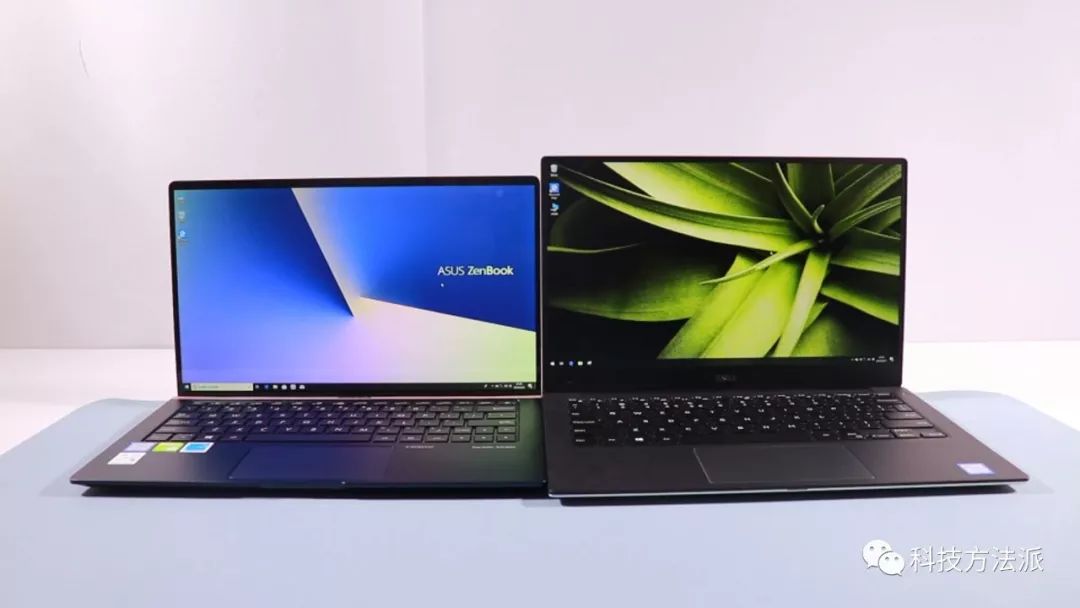
It is evident from the comparison that the Deluxe 13 has better control over the screen bezels than the XPS 13, and its overall height is also lower. In addition, the Deluxe 13 features two infrared cameras for facial recognition on either side of the main camera, allowing for facial recognition login even in low-light environments, eliminating the hassle of entering passwords. However, the main camera’s imaging performance is quite average; although both are 720P, there is a noticeable difference compared to the XPS 13, but it is still sufficient for daily video calls.
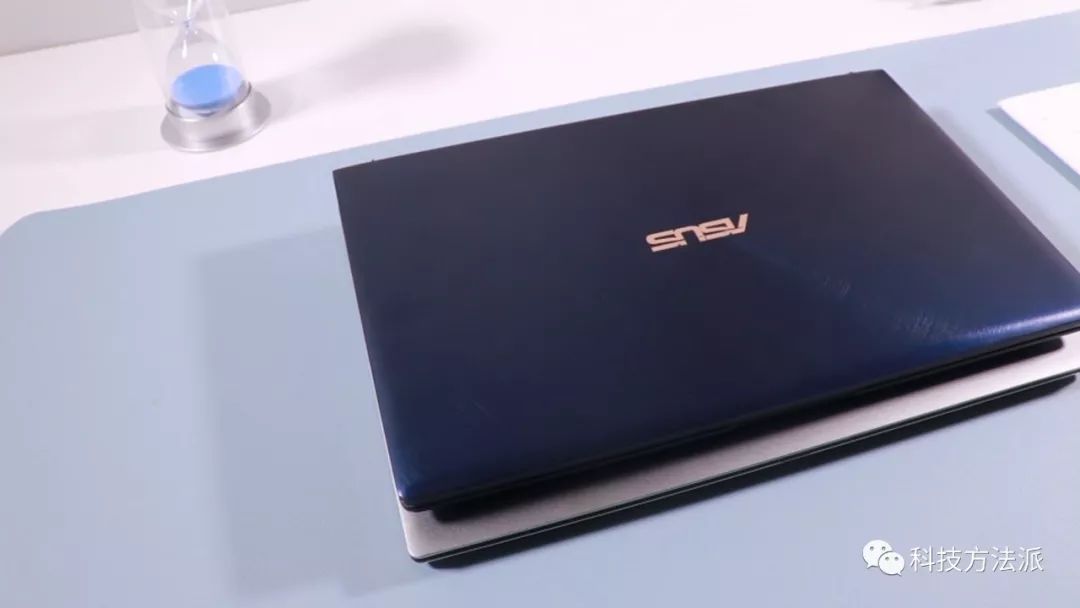
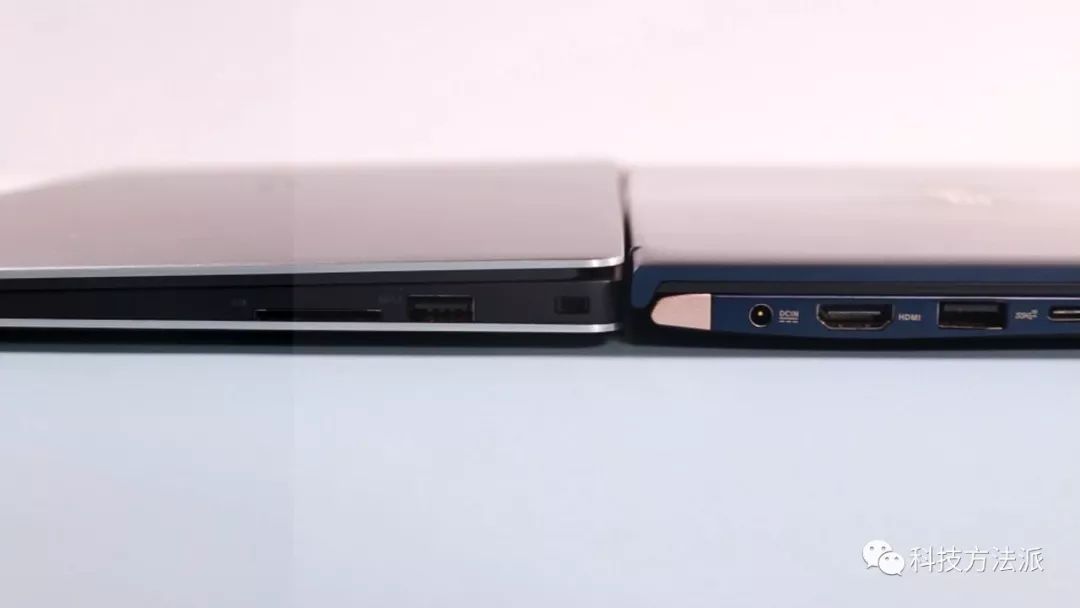
In terms of dimensions, both laptops are controlled to the size of A4 paper, with the XPS 13 measuring 304mm in length and 200mm in width, while the Deluxe 13 is slightly smaller at 302mm in length and only 190mm in width. In terms of thickness, both laptops are roughly the same, with the thickest part around 165mm (excluding the feet).
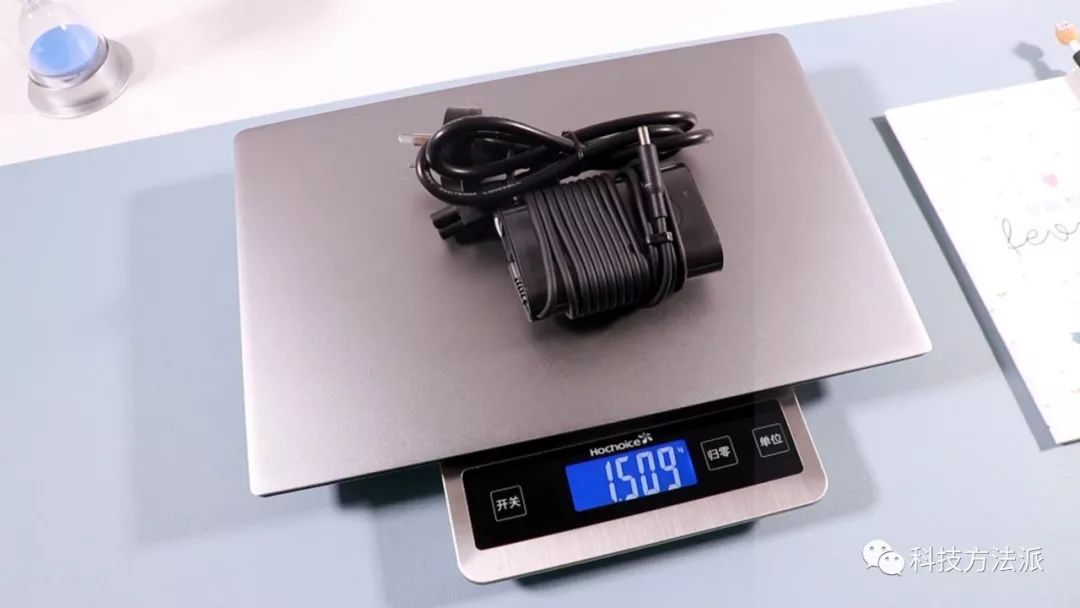
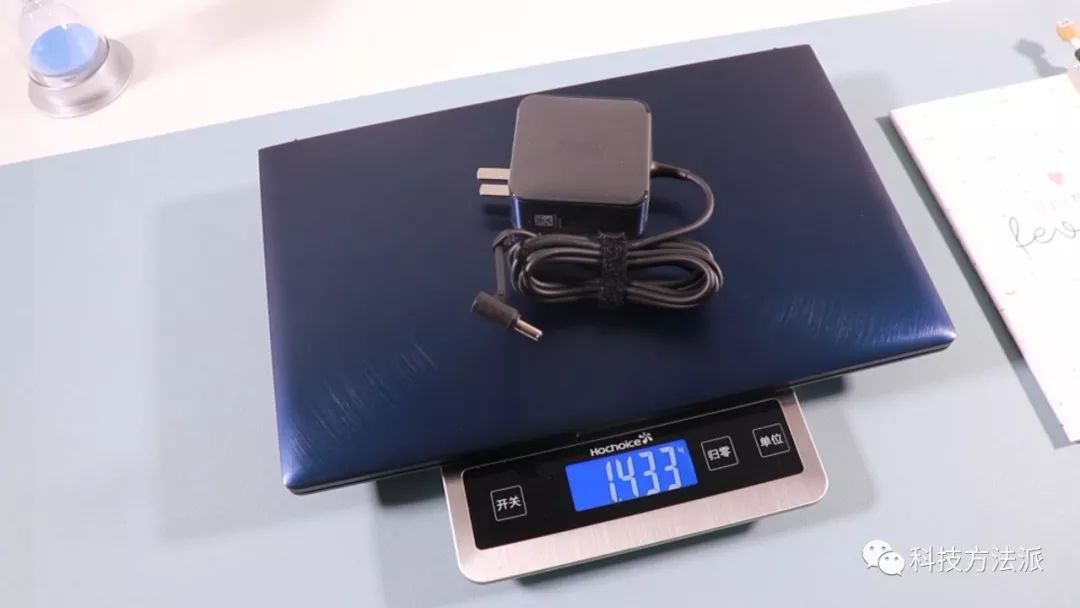
The bare weight is also nearly the same, both at 1.23Kg, but the Deluxe 13’s power adapter is more compact, making the travel weight with the 65W charger only 1.43 Kg, while the XPS 13 with a 45W power adapter weighs 1.5Kg.
As we mentioned earlier, in laptops, a high screen-to-body ratio not only enhances the “view” but also reduces the body size. Additionally, we discovered a user easily overlooked issue: the power adapter should also be considered in the portability of ultra-slim laptops.
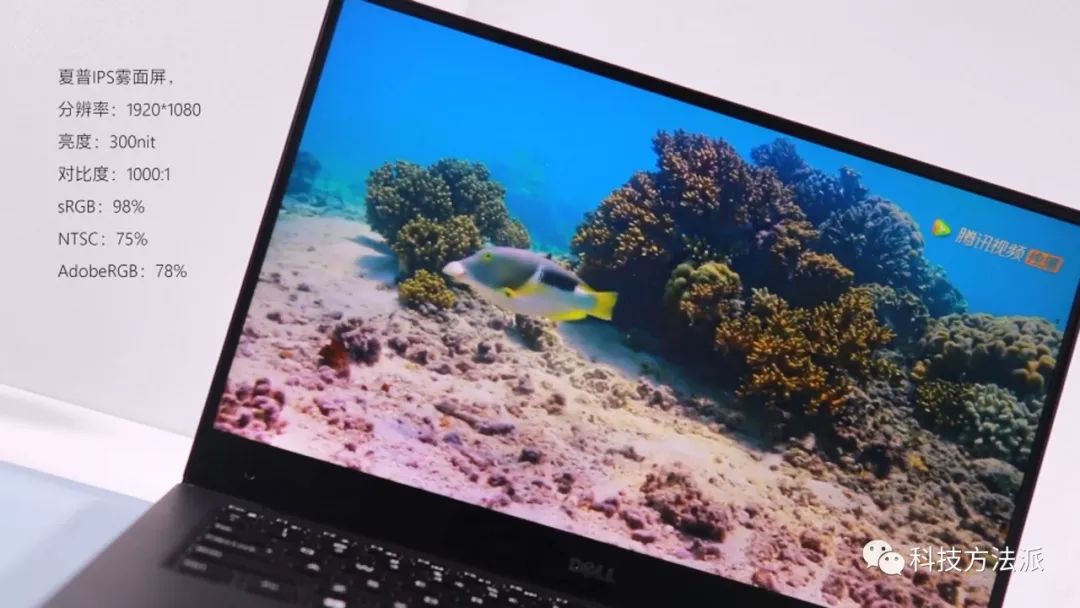
The screen quality of the XPS 13 features a matte IPS display from Sharp with a resolution of 1920*1080, brightness of 300nit, and a contrast ratio of 1000:1. Through the Spyder5 test, its sRGB color gamut is 98%, NTSC color gamut is 75%, and AdobeRGB color gamut is 78%.
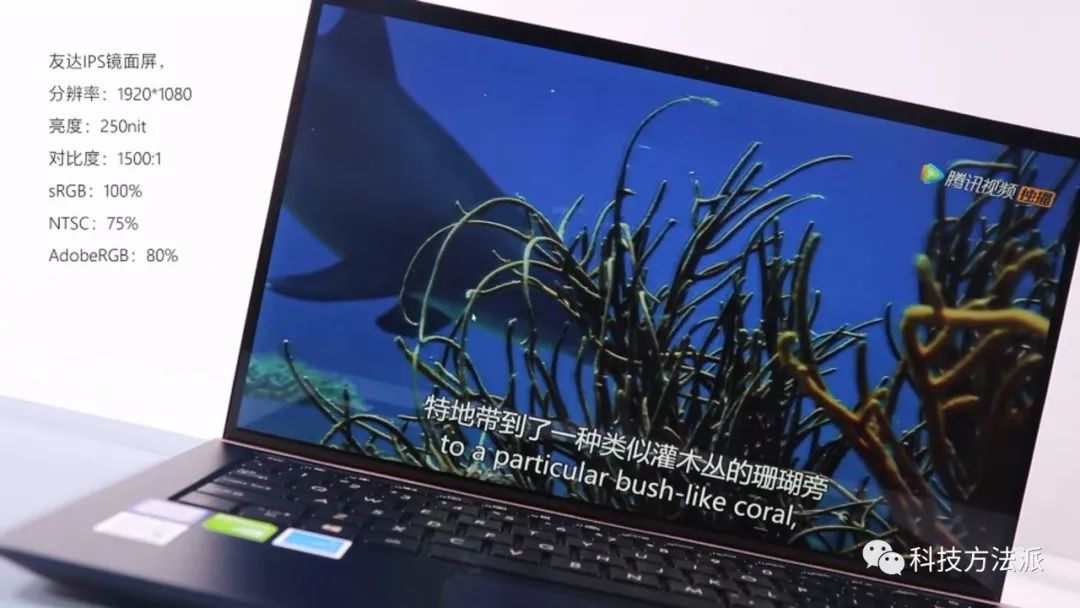
Meanwhile, the Deluxe 13 features a glossy IPS display from AU Optronics with a resolution of 1920*1080, brightness of 250nit, and a contrast ratio of 1500:1. Through the Spyder5 test, its sRGB color gamut is 100%, NTSC color gamut is 75%, and AdobeRGB color gamut is 80%.
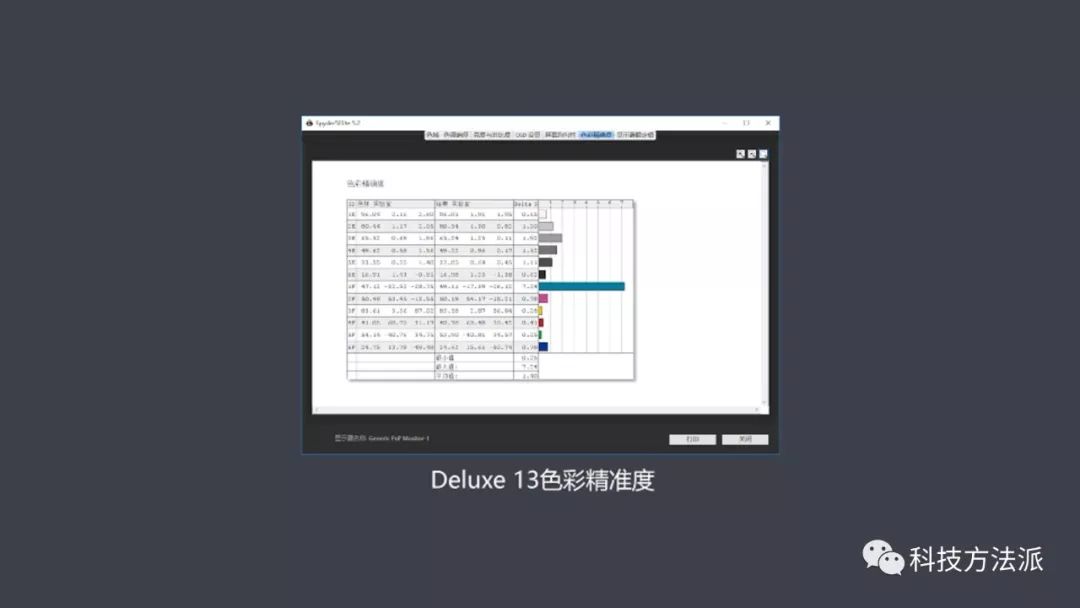
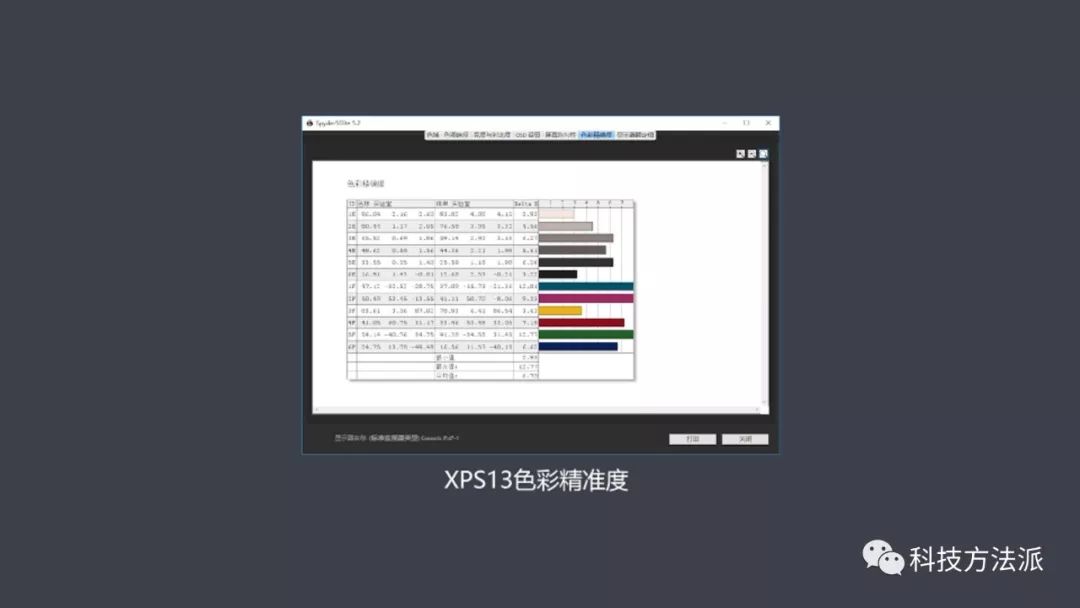
From the basic parameters, both are in the same tier, but when playing the same video, we found that the XPS 13’s screen color temperature tends to be slightly yellowish and warm. Therefore, we further tested the color accuracy of both screens and found that the Deluxe 13’s color accuracy was quite good, with an average of 1.4, while the XPS 13 had a larger color deviation, averaging 6.7. Of course, this may also be due to the specific unit we tested.
Regarding the matte vs glossy screen debate, glossy screens appear brighter and more detailed, but they suffer from glare. Matte screens, while not as transparent and detailed as glossy screens, solve the glare problem to a large extent and are more adaptable. Thus, which is better depends on the usage environment and personal preference.
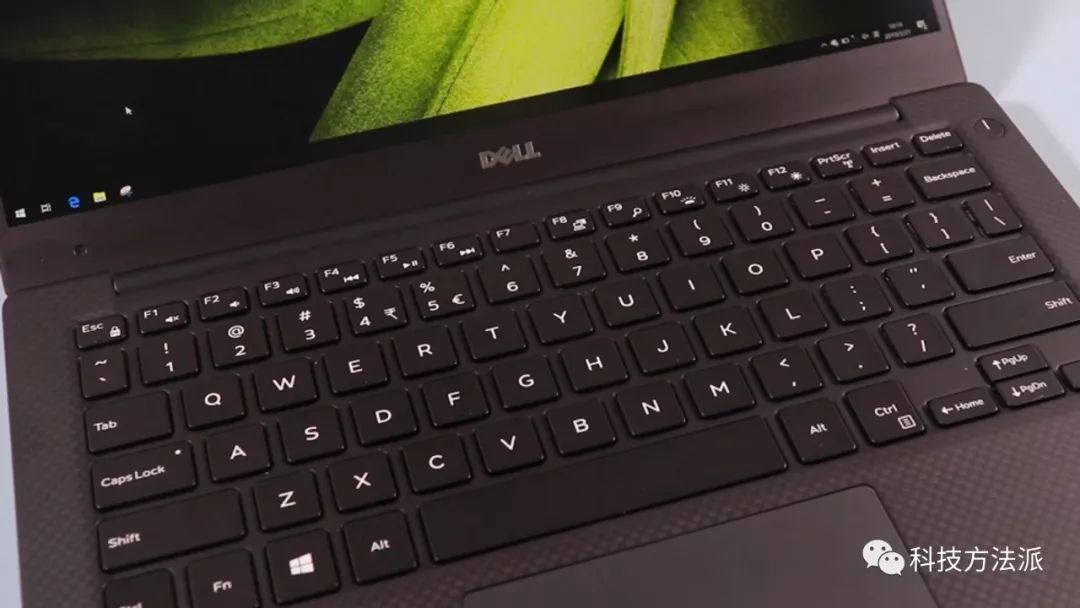
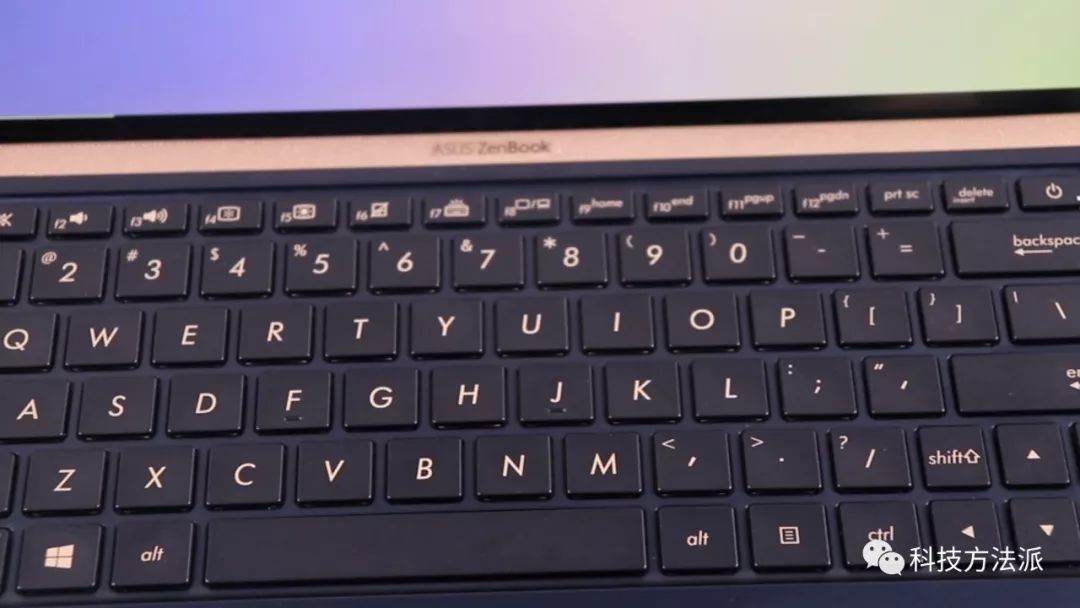
Regarding the keyboard, both products are quite comparable, featuring full-sized chocolate membrane keyboards with no significant differences in key travel or feel. The keyboard backlighting on the XPS 13 is adjustable to two levels, while the Deluxe 13 has three adjustable levels. Both touchpads are made of a single piece of glass, but the XPS 13’s touchpad is larger, smoother, and has a better feel.
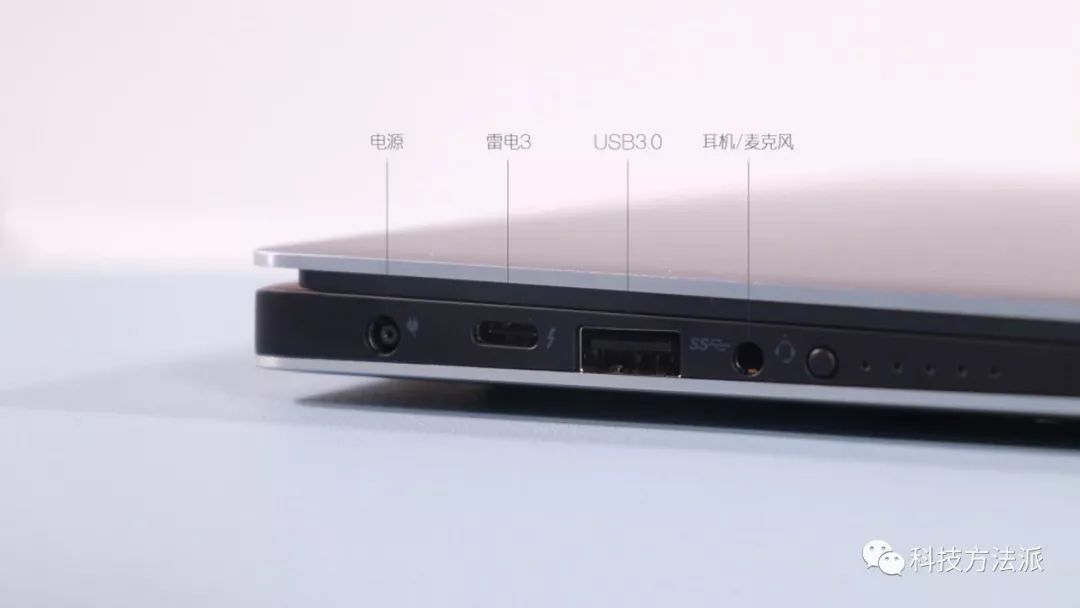
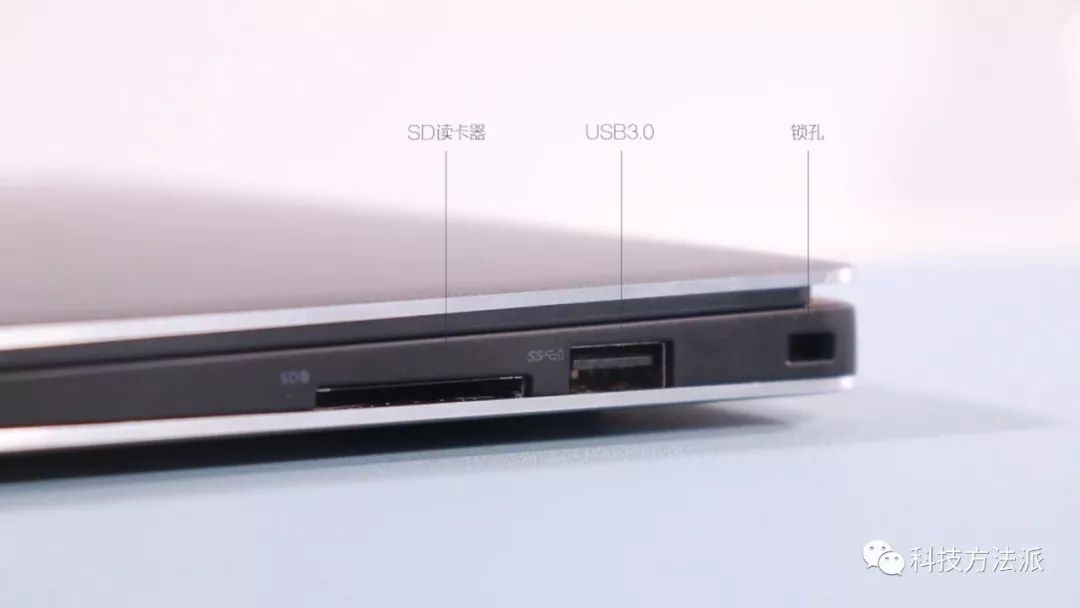
In terms of ports, the XPS 13 has a more luxurious configuration, mainly highlighted by a Thunderbolt 3-compatible Type-C port. Although it does not support full-speed Thunderbolt 3, its expansion capabilities remain strong, supporting charging, USB 3.1 gen2, and various video interfaces through a docking station. However, it lacks a dedicated video output port, requiring an additional dock for external displays. Additionally, it features a power port, two USB 3.0 ports, a headphone/microphone combo jack, an SD card reader, and a security lock slot on the left and right bezels.
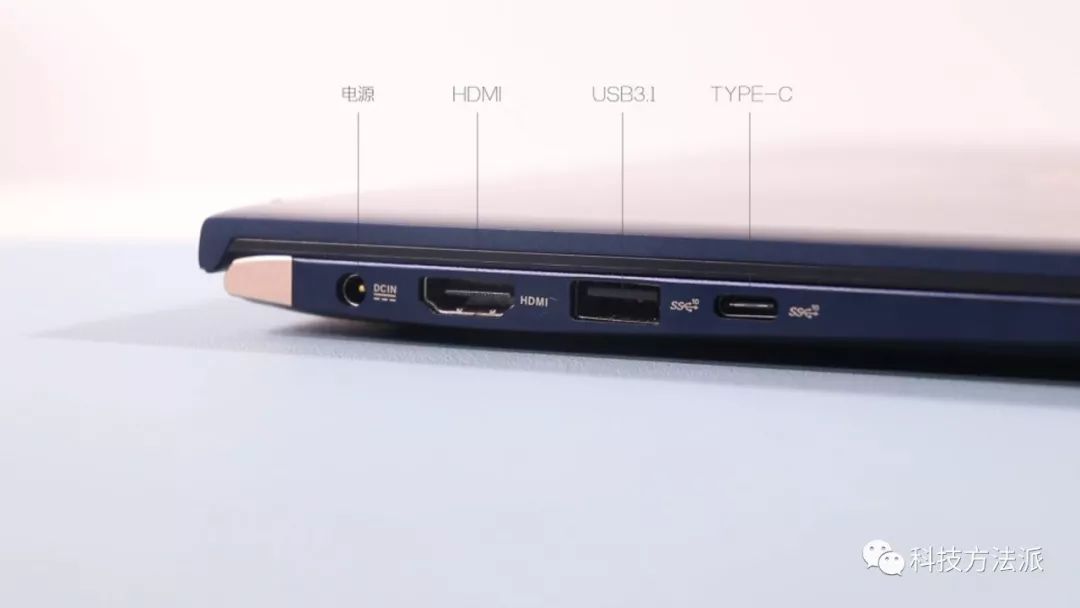
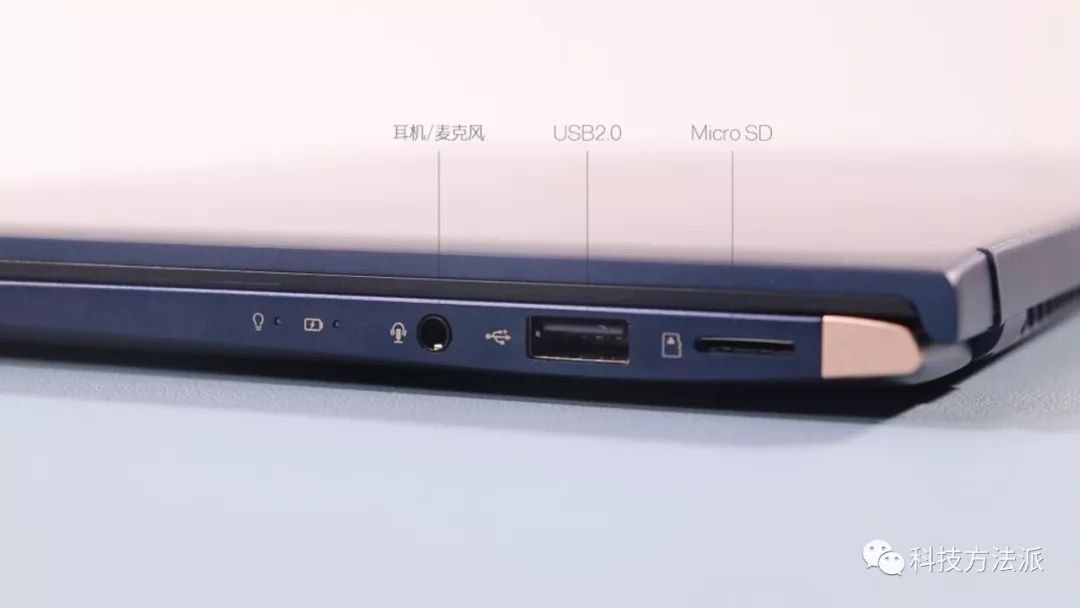
The Deluxe 13 also features a Type-C port that supports USB 3.1 gen2 transfer rates, but it does not support Thunderbolt 3 or video output. It also has a dedicated HDMI video output port, another USB 3.1 gen2 port, a USB 2.0 port, a micro SD card reader, and a headphone/microphone combo jack. Overall, the port configuration is relatively complete, but the presence of a USB 2.0 port in a mid-to-high-end laptop in 2019 is somewhat disappointing.
In fact, both products have relatively complete port configurations among ultra-slim laptops. We can see that many products now sacrifice some common ports for the sake of thinness, relying too heavily on docking stations, making basic scenarios like connecting a USB mouse or USB drive require an additional dock or adapter, which negatively impacts the user experience.
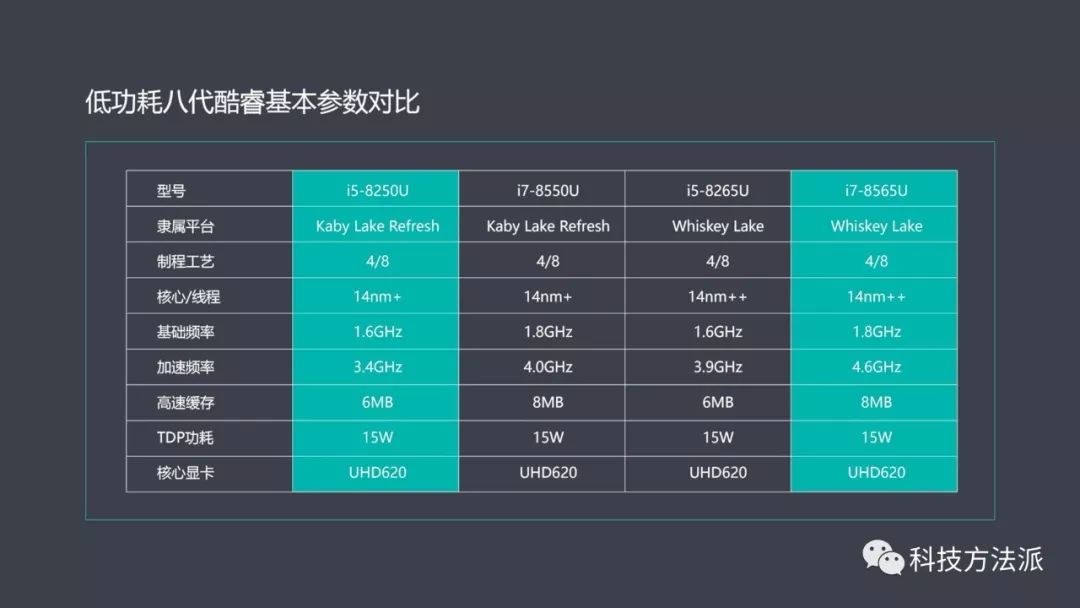
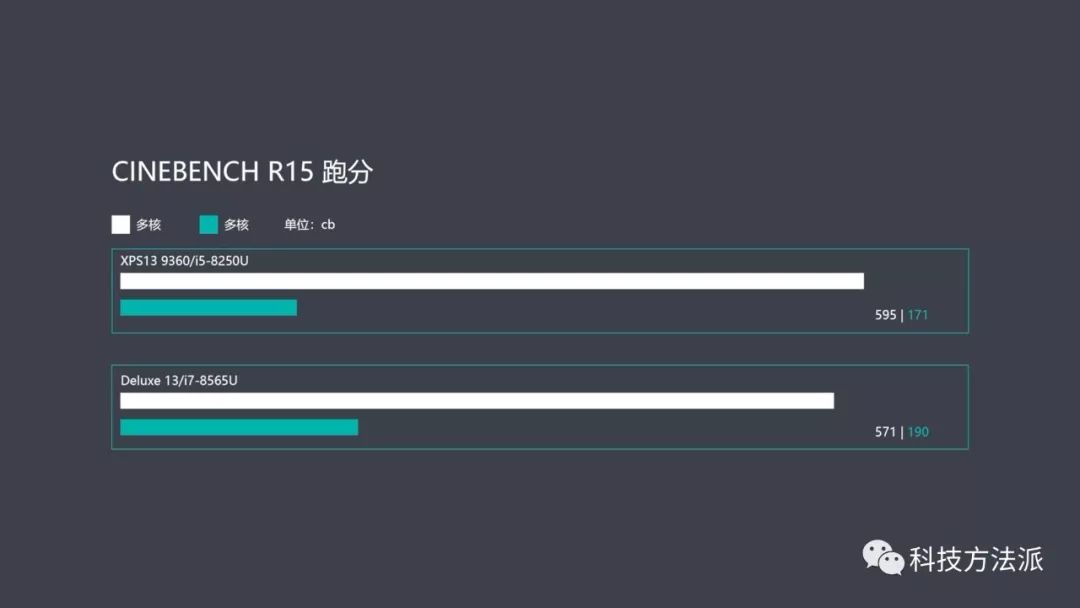
In terms of major hardware comparisons, the XPS 13 is equipped with an i5-8250U, while the Deluxe 13 features an i7-8565U. Although both belong to the eighth generation Core processors, the i5-8250U is part of the 14nm+ Kaby Lake Refresh platform, while the i7-8565U belongs to the latest 14nm++ Whiskey Lake platform. Both have 4 cores and 8 threads with a TDP of 15W, but the i7-8565U’s frequency, especially in turbo mode, far exceeds that of the i5-8250U, so theoretically, its performance can crush the i5-8250U. However, in Cinebench R15 benchmarks, we can see that the Deluxe 13’s multi-core score is lower than the normal level for the i7-8565U, while the XPS 13’s multi-core score is significantly higher than the normal level for the i5-8250U. This results in the Deluxe 13’s multi-core score being lower than that of the XPS 13, but its single-core score is still significantly higher.
Thus, although the Deluxe 13’s CPU performance is certainly higher than that of the XPS 13 in short bursts, if there is no gap in long-term high-load performance, it is due to the manufacturer’s tuning of CPU performance release, which is mainly based on whether the product’s cooling system can handle it. This is why we often say that in ultra-slim laptops, an i7 does not necessarily outperform an i5 by much, which will be more intuitively demonstrated in the later stress test.
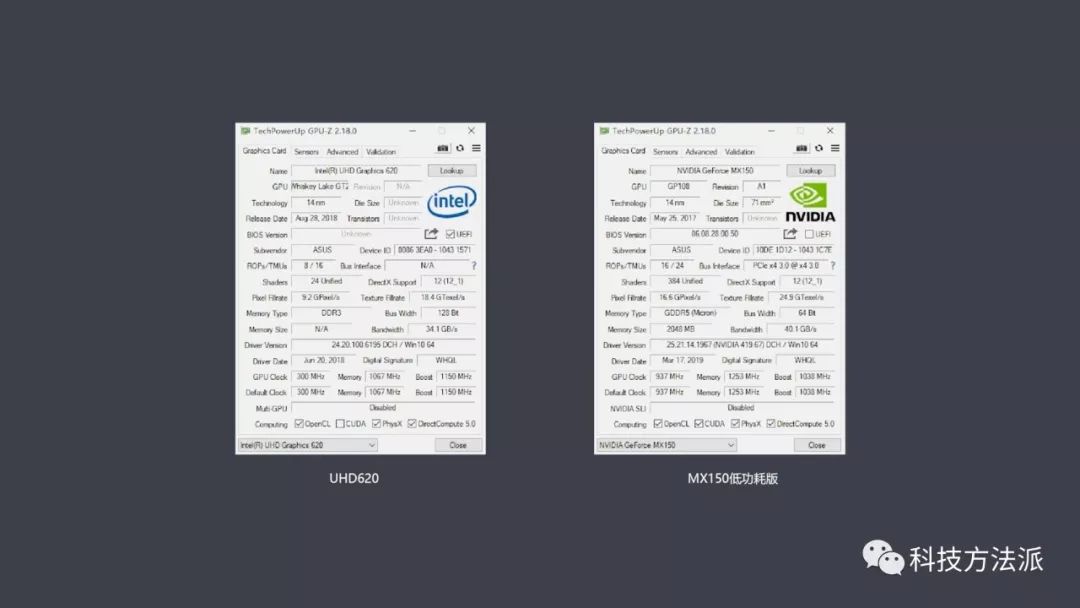
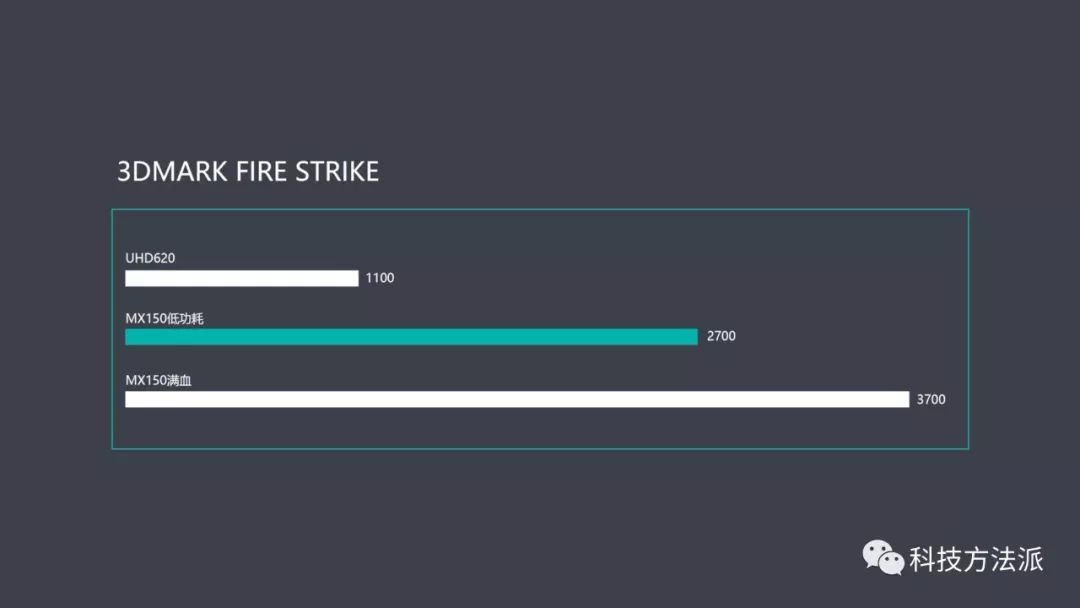
In terms of graphics card configurations, the XPS 13 does not have a discrete graphics card, only the integrated UHD620 graphics that come with the processor, while the Deluxe 13 is equipped with an NVIDIA MX150 2GB discrete graphics card. From the GPU-Z parameters, this is a low-power version of the MX150 at 8W, not the full version. Although performance is somewhat reduced, it is still much stronger than the UHD620 integrated graphics.
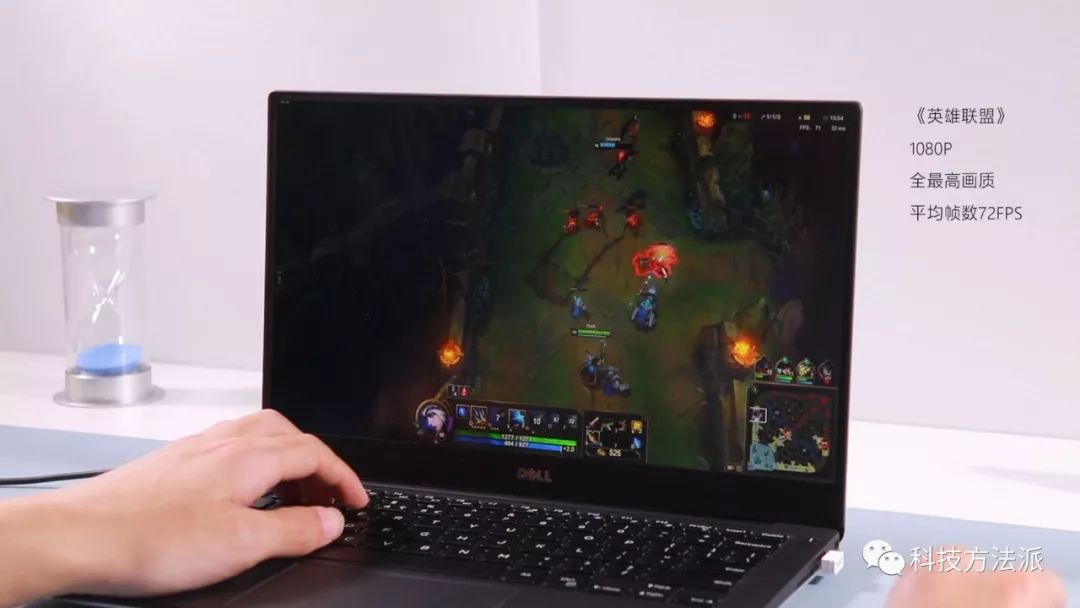
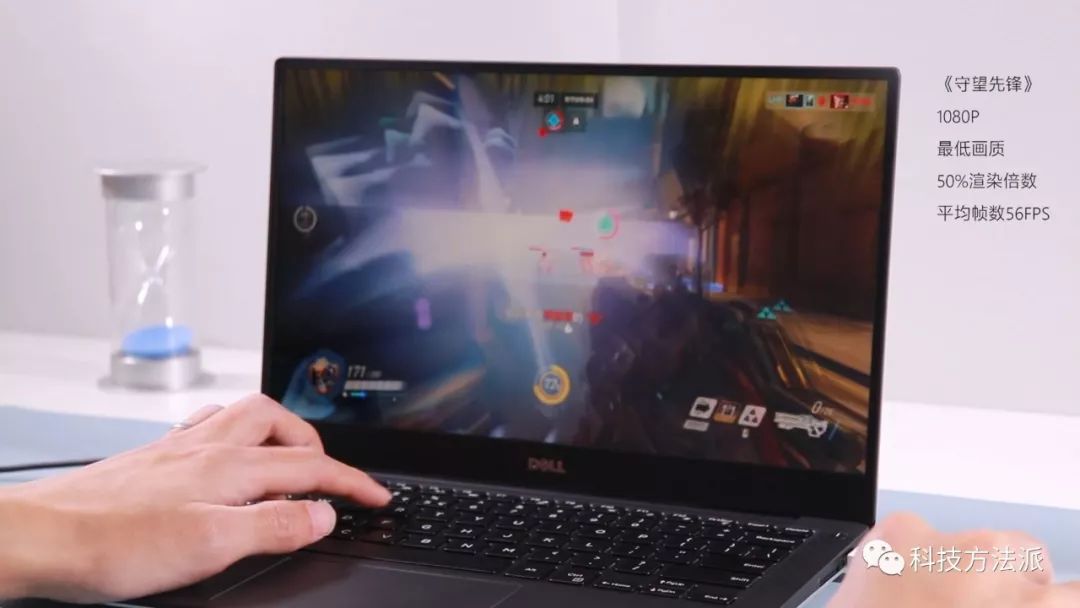
To test the graphics card performance, we introduced two games: “League of Legends” and “Overwatch.” In “League of Legends,” with all graphics settings set to high, the XPS 13 achieved an average frame rate of 72FPS at 1080P. However, for “Overwatch,” the XPS 13 struggled significantly, requiring the graphics settings to be set to the lowest and the rendering multiplier adjusted to 50% to achieve an average frame rate of 56FPS for smooth gameplay, but this quality was quite disappointing, leading to a poor gaming experience.
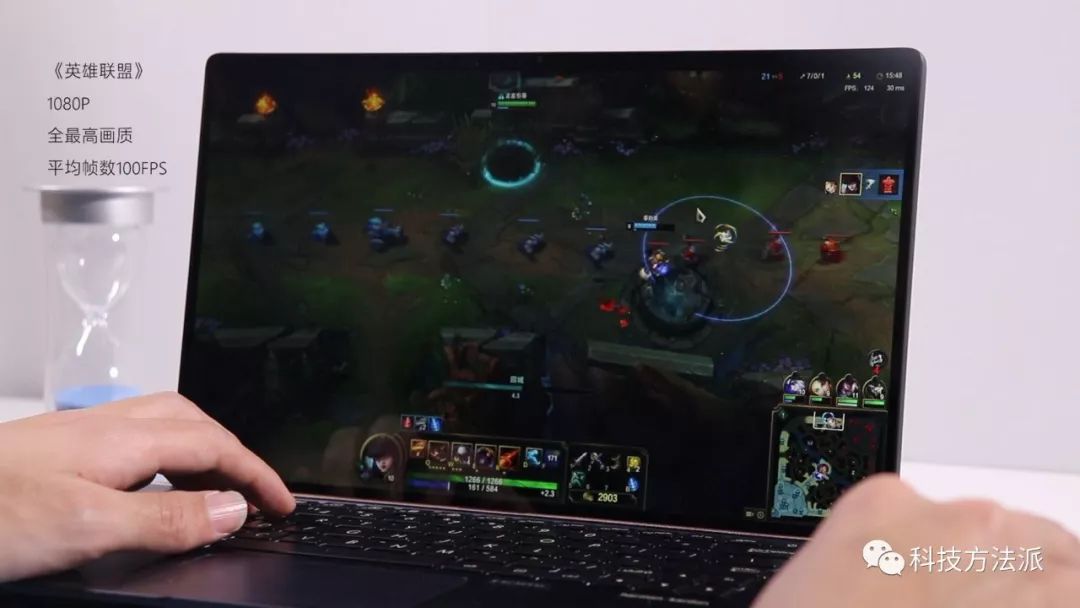
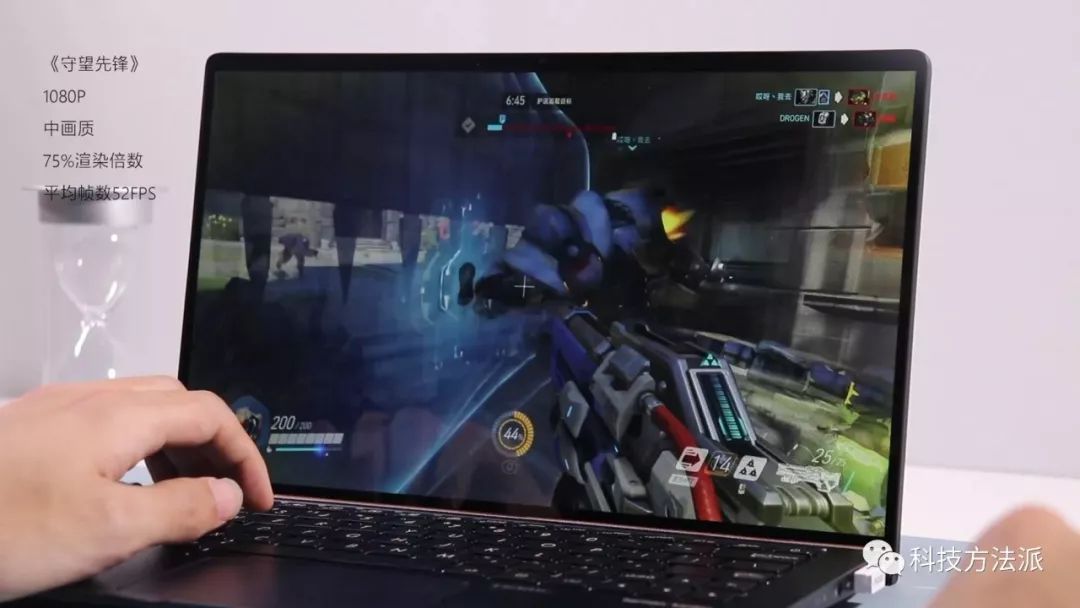
For the Deluxe 13, we also set all graphics settings to high in “League of Legends,” achieving an average frame rate of 100FPS at 1080P. In “Overwatch,” we set the graphics to medium and the rendering multiplier to 75%, achieving an acceptable level of visual quality with an average frame rate of 52FPS, which is considered smooth. Thus, it is clear that even the low-power version of the MX150 outperforms the UHD620 integrated graphics.
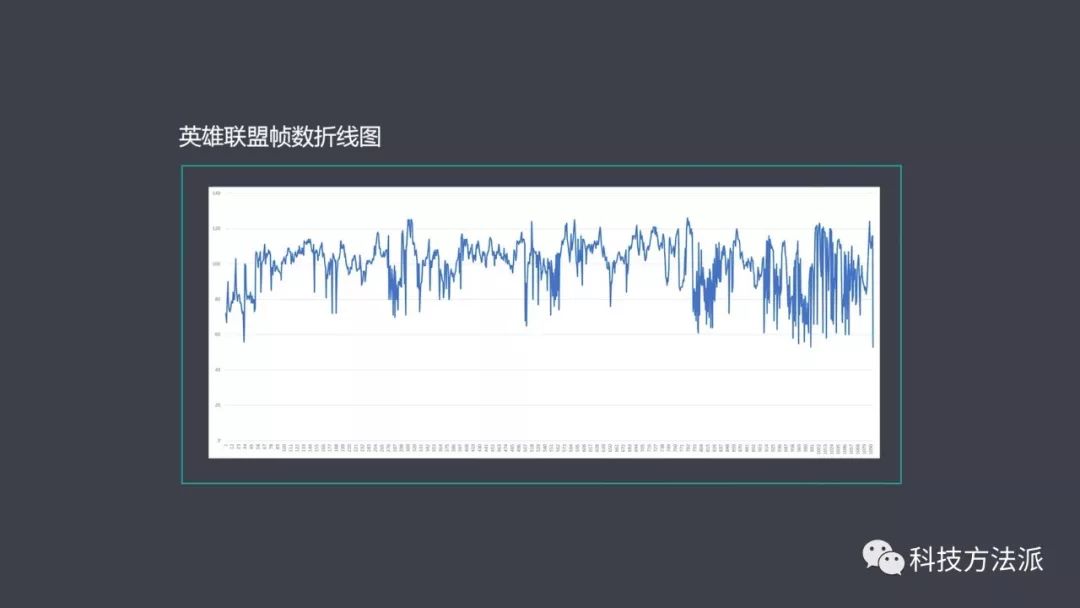
However, we also observed a phenomenon where the Deluxe 13 exhibited unstable frame rates during prolonged gaming sessions. For example, in the frame rate graph for “League of Legends,” it can be seen that frame rates fluctuate significantly towards the end of the game, which is also noticeable during gameplay.
This situation can be attributed to cooling issues; if the cooling system cannot maintain the graphics card at high loads for extended periods, it will lead to throttling. This will be further verified in the subsequent stress test. Of course, gaming capability is merely an added value for such a 13.3-inch ultra-slim laptop.
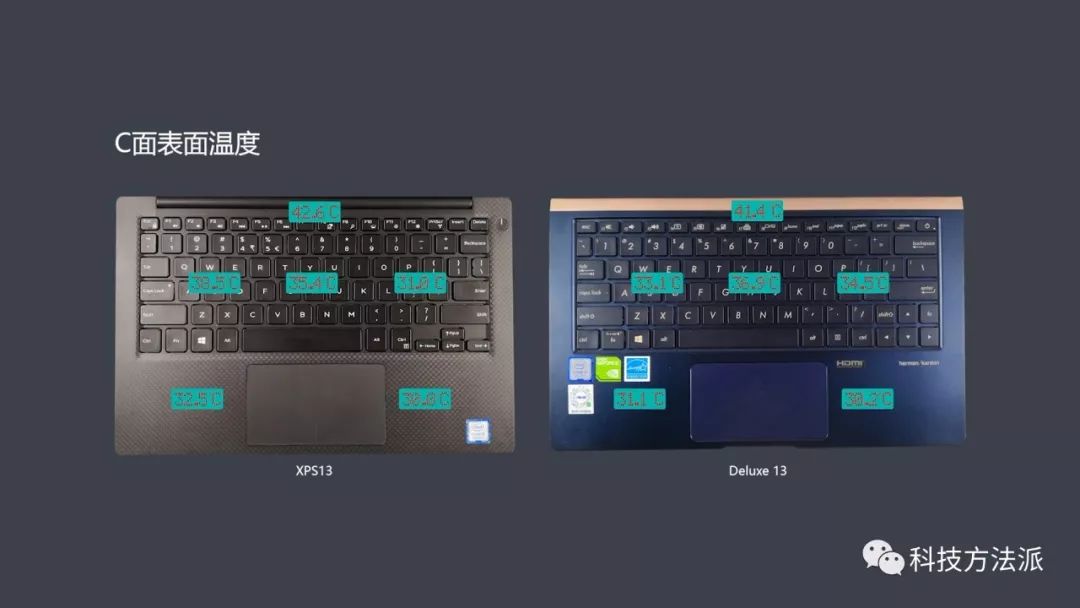
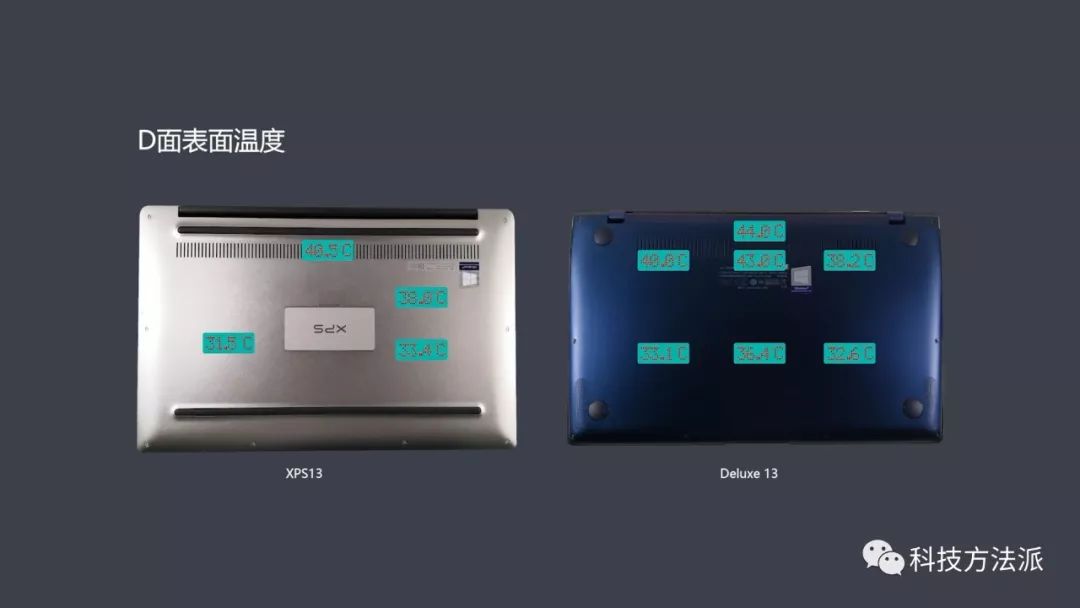
The primary use scenarios for both laptops are daily study, office work, and multimedia entertainment, capable of running the OFFICE suite. Both products can also handle some professional software for small projects, such as using PS/AI for small image processing or using PR for editing short videos. The Deluxe 13, equipped with a 2GB discrete graphics card, can achieve GPU acceleration, making it more proficient with such professional software.
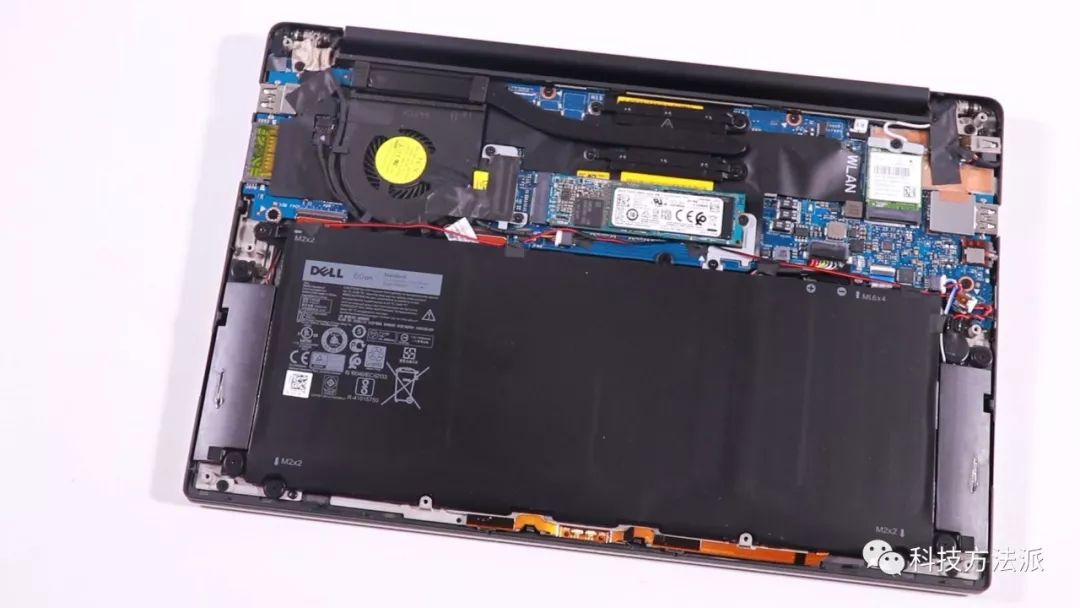
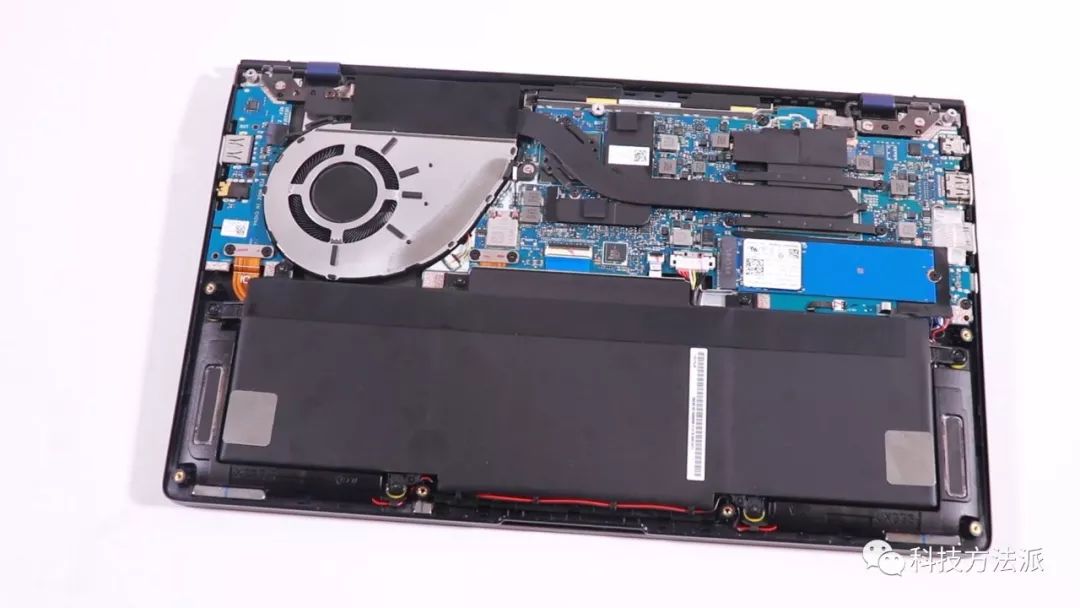
In terms of other hardware configurations, the XPS 13 is equipped with 8GB LPDDR3 1866MHz dual-channel memory, which is non-upgradable, and a 256GB NVME SSD from Toshiba, with a Killer 1535 network card. The Deluxe 13 features better hardware, with 8GB LPDDR3 2133MHz dual-channel memory, also non-upgradable, a 512GB NVME SSD from Western Digital, and an AC9560 network card. Additionally, both devices have a speaker embedded on each side, with the Deluxe 13’s audio system supported by HARMAN KARDON, providing relatively good audio performance among laptops, while the XPS 13’s audio is also decent, even slightly better in terms of maximum volume and bass response.
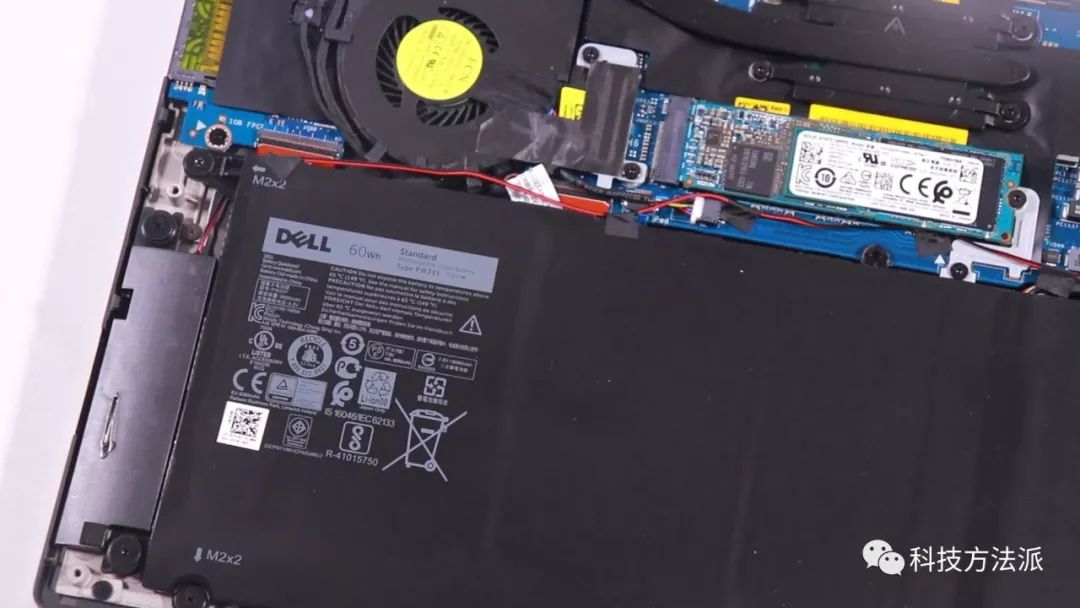
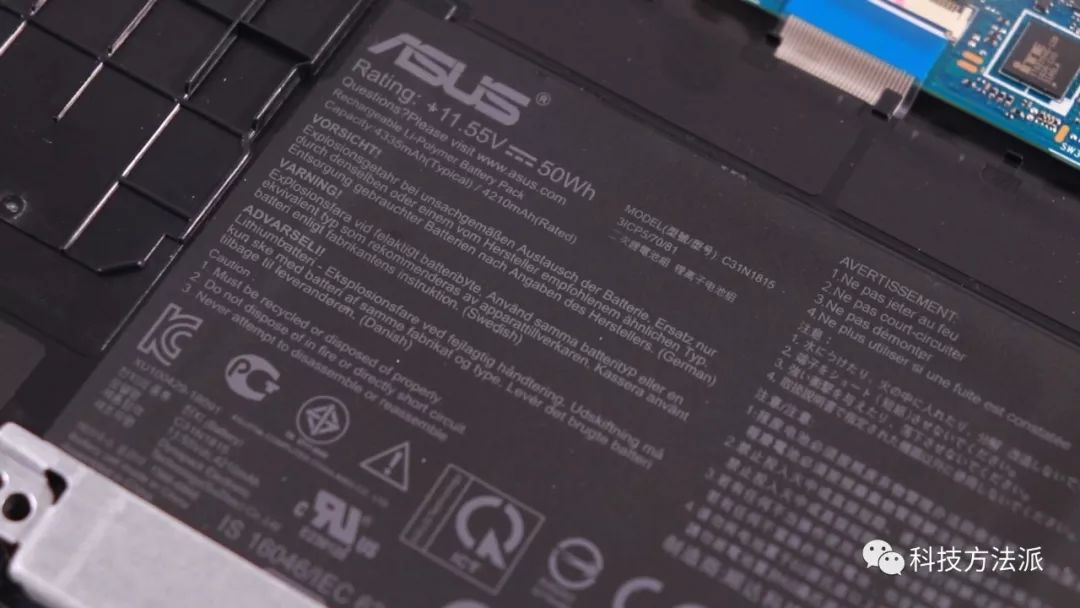
In terms of battery and endurance, the XPS 13 is equipped with a 60Wh battery, achieving a result of 5 hours and 3 minutes in the PCMark 8 standard mode test, with a daily usage endurance of about 7-8 hours without major issues. The Deluxe 13 has a 50Wh battery, which is slightly smaller, but under the same conditions, it performed better in the PCMark 8 test, achieving 5 hours and 43 minutes, with daily usage endurance of around 8-9 hours. This is mainly due to the latest Whiskey Lake platform processor being more power-efficient compared to the older Kaby Lake Refresh platform processor.
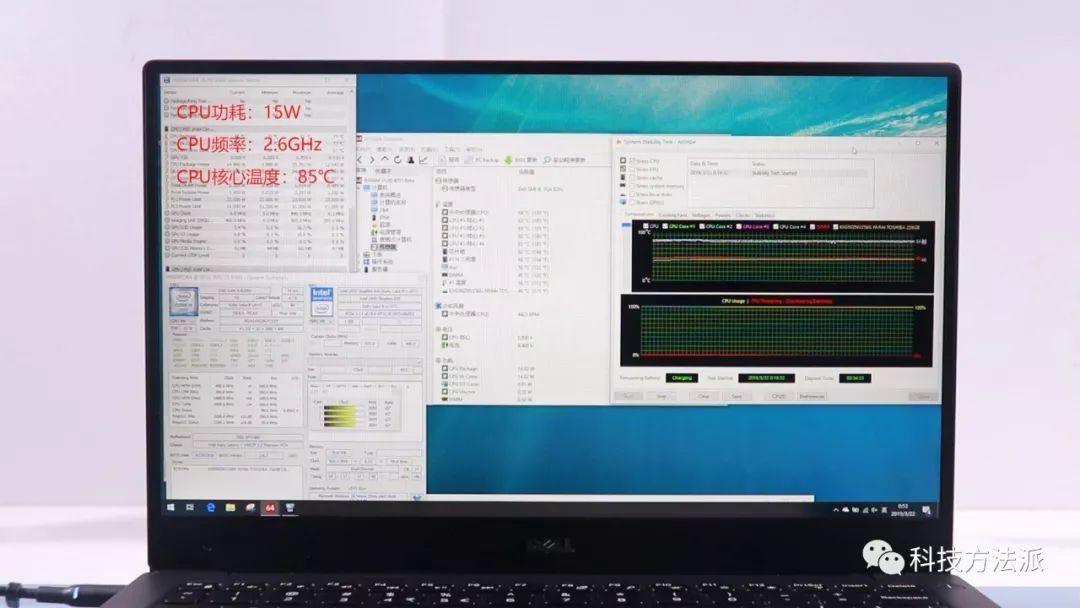
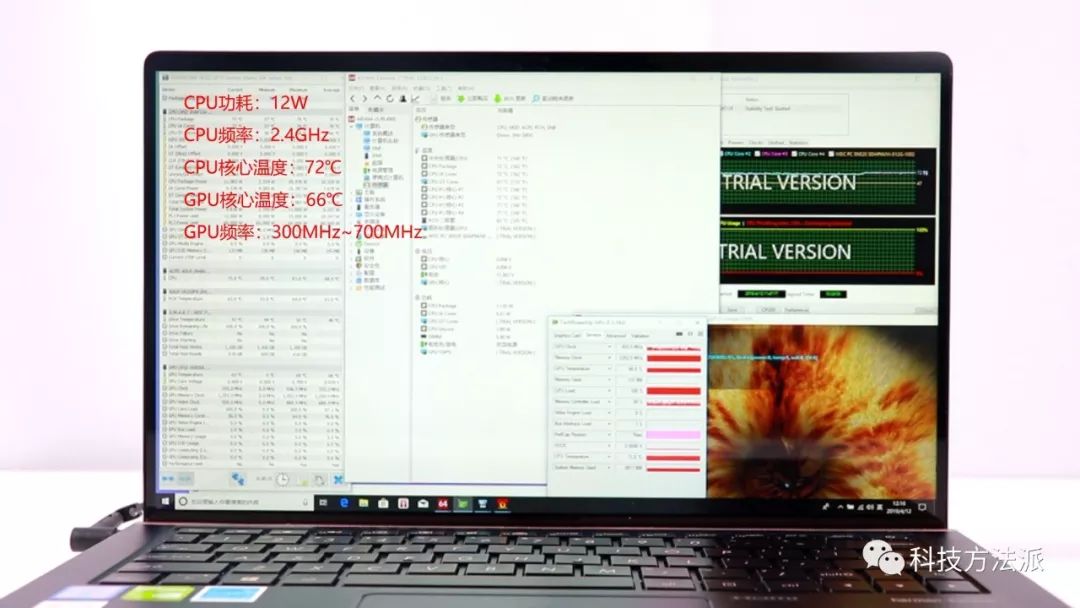
In terms of cooling configurations, both products use a single fan, single heat pipe, and single vent solution. While this configuration is normal for the XPS 13 i5 with no discrete graphics, it raises concerns for the Deluxe 13 i7+MX150. From the actual stress testing, in an environment of 22 degrees Celsius, I conducted a 30-minute AIDA64 stress test on the XPS 13 without discrete graphics. The results showed that the CPU power was 15W, maintaining a frequency in turbo mode of 2.6GHz, with a core temperature of 85℃. For the Deluxe 13 with discrete graphics, we used AIDA64 and FurMark for a dual-stress test, and after 30 minutes, we recorded the results, showing that the CPU frequency maintained a turbo mode of 2.4GHz, with a core temperature of 72 degrees Celsius, power at 12W, and GPU core temperature at 66 degrees Celsius, with frequency fluctuating between 300MHz and 700MHz.
This confirms the various situations we encountered during performance testing. Although the XPS 13 9360 has lower specifications, its performance release is sufficient, while placing an i7 and MX150 in a 13.3-inch body creates significant thermal pressure, leading the Deluxe 13 to set an evident thermal wall to avoid overheating. This limits the CPU’s performance under high loads, preventing it from reaching 15W, and the frequency can only maintain slightly above base frequency, resulting in insufficient performance release, with even more severe limitations on the GPU, which cannot reach base frequency and exhibits significant fluctuations.
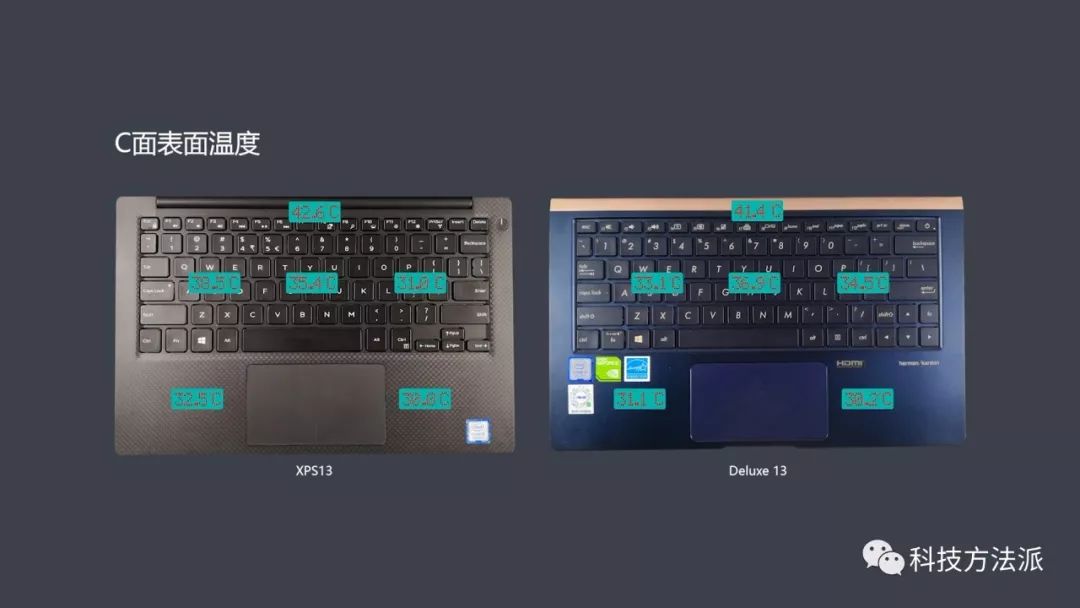
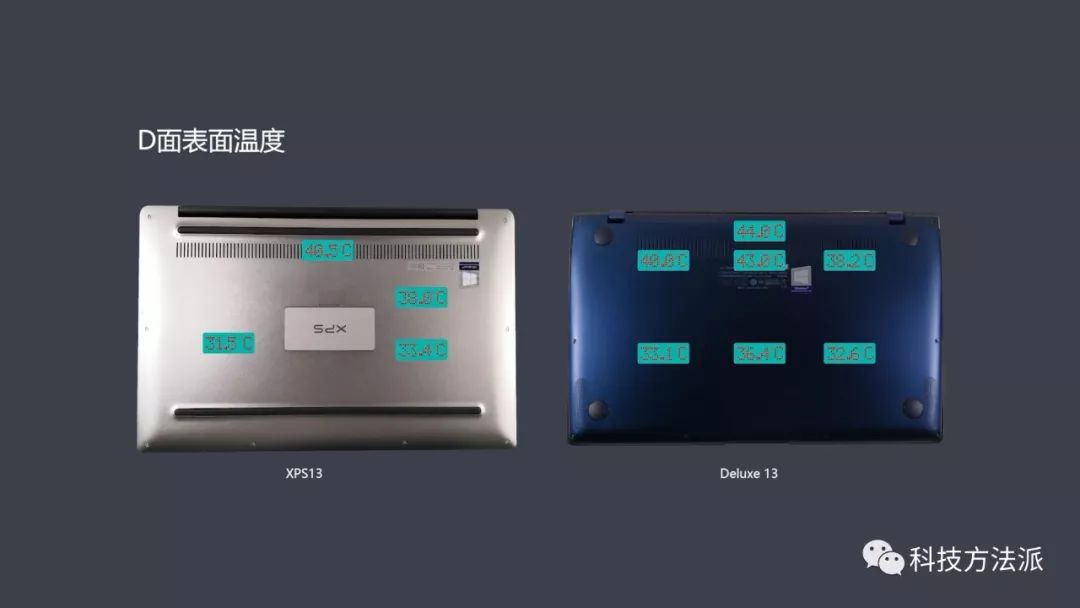
In terms of surface temperature, both products are relatively acceptable, with the C side temperature being similar for both, and during the stress test, the heat accumulation point is at the top of the keyboard, with the XPS 13 slightly higher than the Deluxe 13. The palm rest positions do not exhibit significant heat sensations, while the D side temperature of the Deluxe 13 is higher than that of the XPS 13, with large areas near the intake exceeding 40 degrees Celsius.
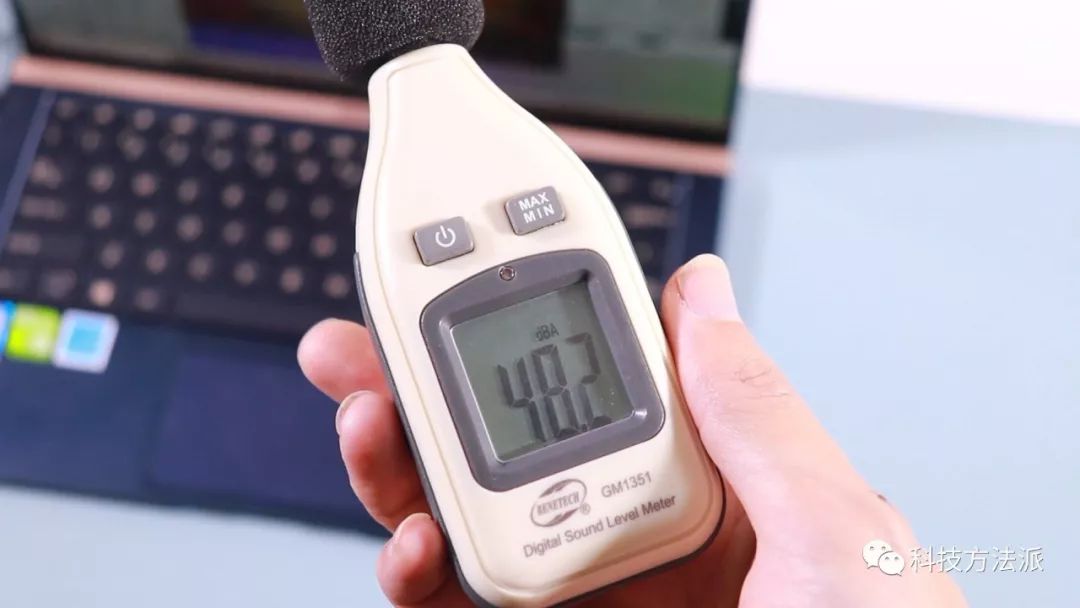
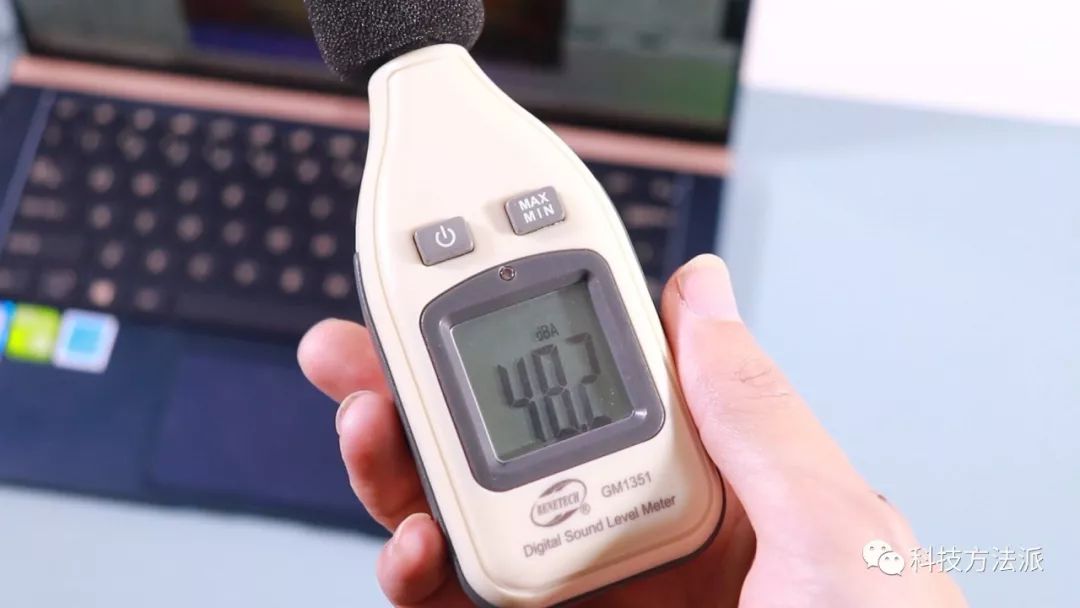
In terms of noise levels under high loads, the XPS 13’s vent noise is 54 decibels, while the human noise level is 46 decibels. The Deluxe 13’s vent noise is 58 decibels, and the human noise level is 48 decibels. There is not much difference between the two, both falling within normal levels, neither good nor bad.
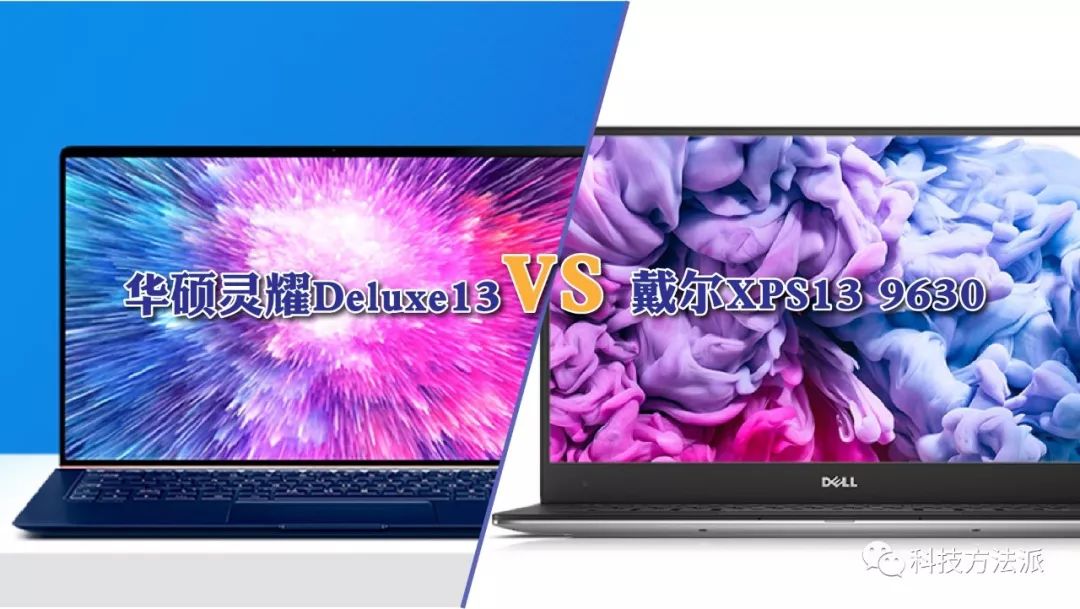
Finally, looking at both products overall, the Dell XPS 13 9360 has a more stable temperament, leaning towards high-end business, and it must be acknowledged that its performance tuning and the handling of various components are excellent. This is one reason why the XPS series enjoys a high reputation. However, its price is relatively expensive; the XPS 13 9360 we compared is currently the cheapest model on sale, priced close to 8000 yuan, while other models are priced above ten thousand yuan. The ASUS ZenBook Deluxe 13 has a more youthful and fashionable temperament, with a sense of lightweight luxury. Its craftsmanship, aesthetics, size control, and endurance have all reached a high level, and its control over screen bezels is also outstanding, making its screen-to-body ratio one of the best among similar products on the market. However, cramming an i7 and MX150 into a 13.3-inch body puts too much pressure on the cooling system, so I would recommend opting for the Deluxe 13 i5 version. Not only does it perform better in terms of performance release and cooling, but it also has a lower price point of 6999 yuan, making it easier to accept for everyone.
